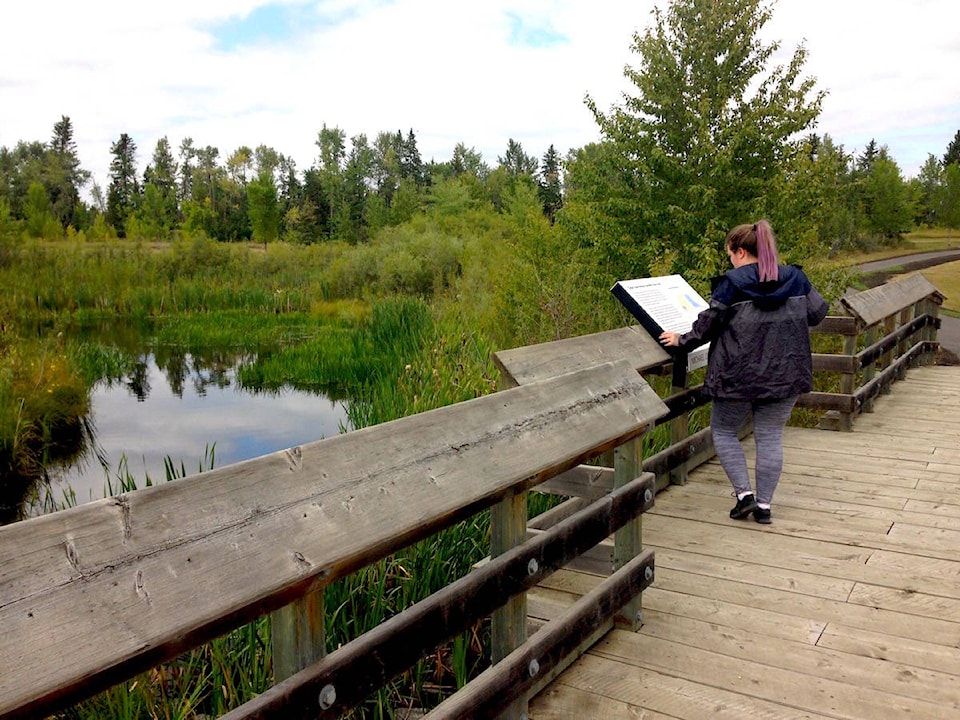The City of Red Deer is seizing the opportunity to put more money into wetland conservation within city limits.
But local naturalist Tony Blake thinks the city is about 10 years too late to make a big difference.
By paving over abundant wetlands in southeast Red Deer and elsewhere to create neighbourhoods and commercial strips, Blake feels the city has already fragmented a natural system that doesn’t work well as “a piecemeal thing.”
Blake mentioned development around Cameo Lake and the Piper Creek watershed, saying “the city never gave these small watersheds their due.”
Todd Nivens, executive director of the Waskasoo Environmental Education Society, agrees that “bigger is better” when it comes to wetlands — however, he still sees benefits to enhancing what’s left.
“All wetlands have value — they are the kidneys of the ecosystem,” said Nivens.
Since some of the larger natural ones are gone, he’s hopeful that more storm retention ponds can be constructed as man-made wetlands, which are still beneficial to waterfowl, wildlife, insects and plants.
Blake and Nivens were reacting on Friday to a proposed change in city policy about what’s done with money that goes to compensate for wetland losses under provincial rules.
When a natural wetland is paved over for city development, the municipality must pay a compensation fee, calculated under the Alberta Water Act and Alberta Wetlands Policy, to fund wetlands replacement.
This money used to be given to Ducks Unlimited and was used for projects outside the city.
Now the City of Red Deer, through an initiative from the engineering services department, will be granted the power to keep this money to rehabilitate or enhance wetlands within city limits.
Whatever future conservation projects the City of Red Deer undertakes must still be approved and in accordance with provincial guidelines — according to a backgrounder provided to Red Deer city council.
Councillors will vote on Monday whether to establish a reserve fund for the $501,000 that’s owed for the 2017 loss of a wetland in the Queens Business Park. Council will discuss saving these funds for future use within city limits for wetland replacement or enhancement.
Engineering services manager Konrad Dunbar said this change was instigated about two years ago, before he came to Red Deer.
“It’s an initiative that allows us to utilize these funds in Red Deer, so the city sees some benefit.”
Dunbar believes the city strives to mitigate the impact of development on natural wetlands as much as possible, and otherwise takes opportunities to create stormwater retention pond-style wetlands.
“I think that anything that improves the environment within the city is a good thing,” he added.
Red Deer River Naturalist member Susan van der Hoek plans to investigate the details about what the city proposes before forming an opinion.
“It depends on the kinds of projects it will be used for,” she added.
Van der Hoek is particularly concerned about future proposed development around Hazlett Lake in northwest Red Deer.
She’s glad the city plans to leave a natural berm around the lake.
“If the money is used to protect natural areas like Hazlett Lake, it could be a good thing,” she added.
lmichelin@reddeeradvocate.com
Like us on Facebook and follow us on Twitter
